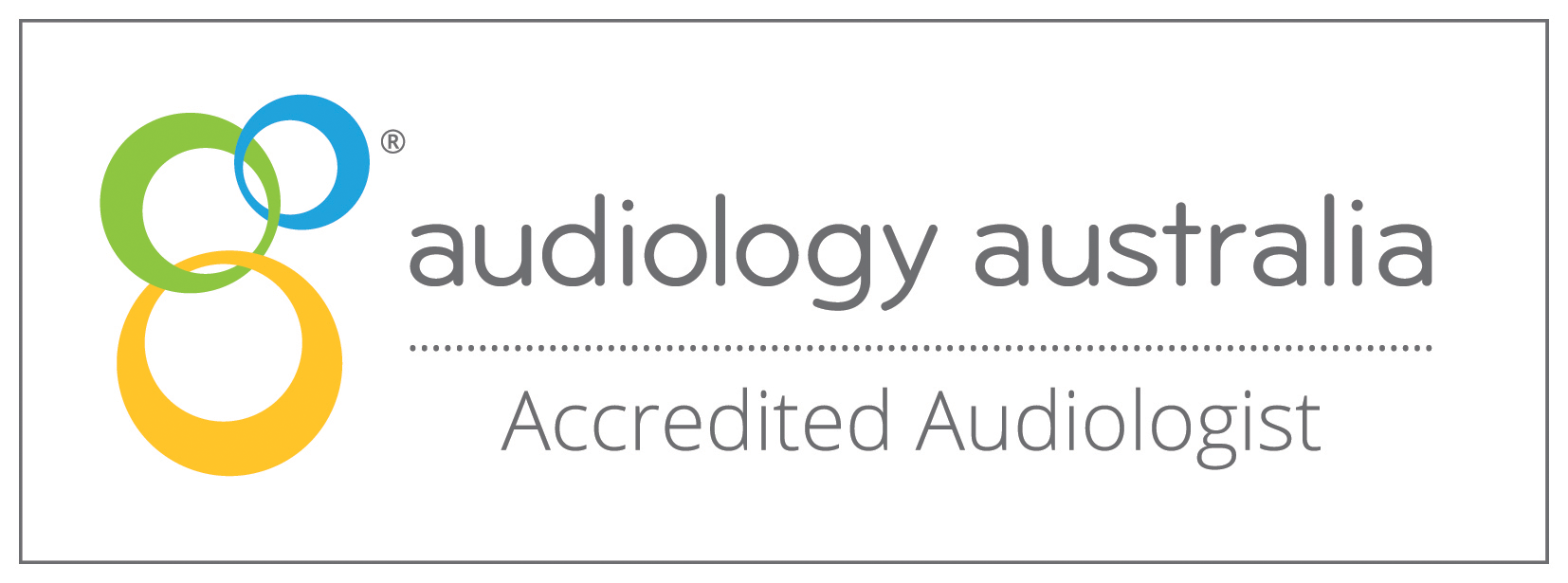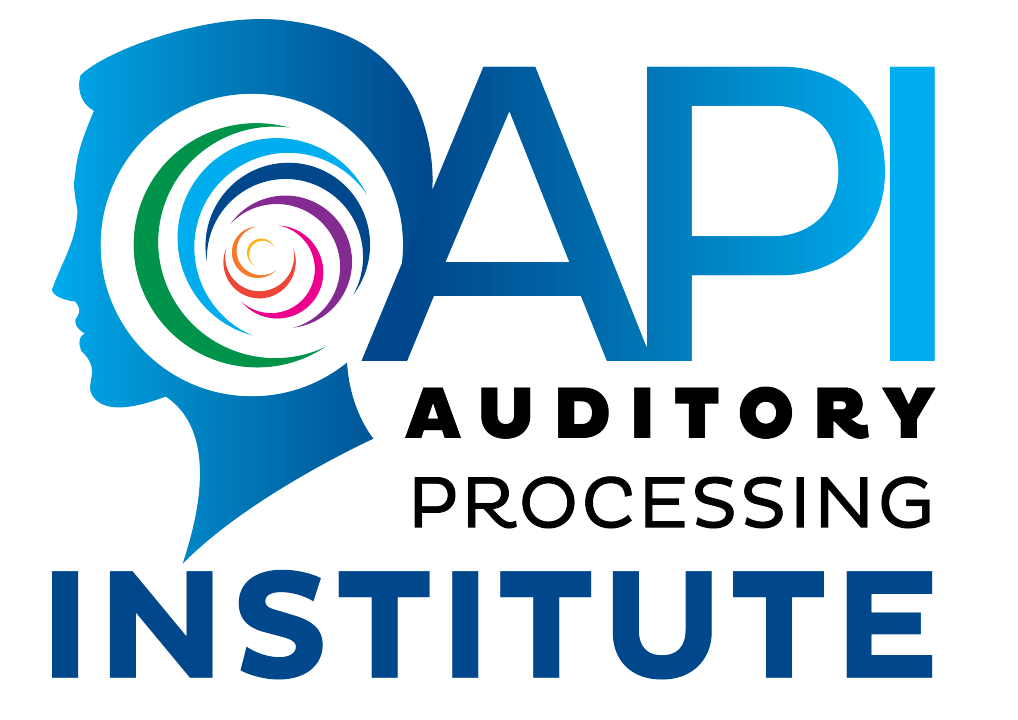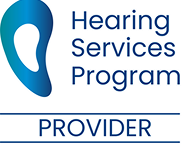What is the process of getting a hearing aid fitting?
When it comes to hearing care, choosing the right audiologist [...]
When it comes to hearing care, choosing the right audiologist makes all the difference. At Harken Audiology in South Morang, we follow internationally recognised best practice protocols to ensure every client receives the highest standard of care in hearing aid fitting.
1. Comprehensive Hearing Assessment
A successful fitting starts with a thorough comprehensive hearing assessment. At our South Morang clinic, this includes:
* Pure-tone audiometry (to measure hearing thresholds).
* Speech testing in quiet and noisy environments.
* Middle ear checks.
This gives us a complete picture of your hearing ability and helps us determine which style and technology of hearing aid will suit you best.
2. Needs Assessment & Goal Setting
Hearing aids are not “one size fits all.” Each client has unique listening needs—whether that’s hearing grandchildren clearly, managing in busy restaurants, or performing well in professional meetings.
We take the time to:
* Discuss lifestyle and communication goals.
* Explore listening challenges in daily environments.
* Set realistic expectations about what hearing aids can achieve.
This collaborative approach ensures the chosen solution is aligned with your priorities and your budget.
3. Device Selection
Based on the hearing profile and lifestyle needs, the most appropriate style, features, and technology level of hearing aid is recommended. Considerations include:
* Degree of hearing loss.
* Dexterity and vision (for handling small devices).
* Cosmetic preferences.
* Wireless connectivity and rechargeability options.
* Budget and affordability
Ear Impressions – Custom Fit for Comfort
In some cases, depending on the style of hearing aid you choose, your audiologist may need to take an ear impression. This is a quick and painless process designed to ensure your device fits securely and comfortably.
A soft, putty-like material is gently placed in your ear canal and left to set for a few minutes. It may feel unusual—similar to wearing a mouldable earplug—but it isn’t uncomfortable.
These impressions are then used to create a custom-fit hearing aid or earmould that matches the unique shape of your ear. Since no two ears are alike, this step helps guarantee both comfort and optimal performance.
4. The Fitting Appointment
Once your hearing aids have been selected, they usually take one to two weeks to arrive. When they are ready, you’ll return for your fitting appointment.
One of the most important best-practice steps in fitting hearing aids is Real-Ear Measurement (REM).
This involves placing a small microphone in the ear canal to measure exactly how the hearing aid amplifies sound at the eardrum. Not all clinics perform Real-Ear Measurement (REM), but at Harken Audiology, it is a non-negotiable part of our fitting protocol.
Why is REM important?
* Everyone’s ear canal is different, and sound is shaped uniquely inside each ear.
* Without REM, settings are based only on “average” data.
* With REM, amplification is tailored precisely to the individual prescription.
This ensures the hearing aids are programmed to deliver audibility, comfort, and clarity for speech.
Fine-Tuning & Verification:
After REM, hearing aids are fine-tuned using:
* Client feedback on comfort, loudness, and sound quality.
* Speech-in-noise testing, when appropriate.
* Verification against prescriptive targets (such as NAL-NL2 or DSL v5).
Learning about your hearing aids:
After your hearing aids have been fit, your audiologist will show you:
* How to put them in and take them out
* How to change the batteries (or charge them if they’re rechargeable)
* How to clean them
* How to adjust the volume
* How to switch between programs (like one for restaurants, one for home)
At Harken Audiology, we understand that learning to use hearing aids can feel overwhelming at first. That’s why we take the time to guide you through every step. During your appointment, we’ll practice together in the clinic until you feel confident inserting, removing, and managing your devices on your own.
5. Follow-Up Care – Why It Matters
Your first fitting is just the start. A follow-up appointment within a couple of weeks is essential, as it allows us to make adjustments once you’ve experienced your hearing aids in daily life. Whether certain sounds feel too sharp, background noise is challenging, or you notice whistling, no concern is too small—hearing aids can be fine-tuned to suit your needs.
Most people require a few adjustments before everything feels natural, and that’s completely normal. At Harken, we wil counsel and couch you through the entire process.
Living with Your New Hearing
Adjusting to hearing aids can be both exciting and emotional. Everyday sounds—from your grandchildren’s voices to birdsong—may feel newly vivid. Consistent and daily use is vital for your brain to adapt to the new way of hearing, making listening feel more natural over time.
The Harken Difference
At Harken Audiology, we combine best-practice protocols with personalised support. From your first test to your follow-ups, our goal is to help you hear clearly and comfortably in every part of your life.
Reach out to Harken Audiology at 03 99691774 to schedule an appointment.
What is the process of getting a hearing aid fitting?
When it comes to hearing care, choosing the right audiologist [...]
When it comes to hearing care, choosing the right audiologist makes all the difference. At Harken Audiology in South Morang, we follow internationally recognised best practice protocols to ensure every client receives the highest standard of care in hearing aid fitting.
1. Comprehensive Hearing Assessment
A successful fitting starts with a thorough comprehensive hearing assessment. At our South Morang clinic, this includes:
* Pure-tone audiometry (to measure hearing thresholds).
* Speech testing in quiet and noisy environments.
* Middle ear checks.
This gives us a complete picture of your hearing ability and helps us determine which style and technology of hearing aid will suit you best.
2. Needs Assessment & Goal Setting
Hearing aids are not “one size fits all.” Each client has unique listening needs—whether that’s hearing grandchildren clearly, managing in busy restaurants, or performing well in professional meetings.
We take the time to:
* Discuss lifestyle and communication goals.
* Explore listening challenges in daily environments.
* Set realistic expectations about what hearing aids can achieve.
This collaborative approach ensures the chosen solution is aligned with your priorities and your budget.
3. Device Selection
Based on the hearing profile and lifestyle needs, the most appropriate style, features, and technology level of hearing aid is recommended. Considerations include:
* Degree of hearing loss.
* Dexterity and vision (for handling small devices).
* Cosmetic preferences.
* Wireless connectivity and rechargeability options.
* Budget and affordability
Ear Impressions – Custom Fit for Comfort
In some cases, depending on the style of hearing aid you choose, your audiologist may need to take an ear impression. This is a quick and painless process designed to ensure your device fits securely and comfortably.
A soft, putty-like material is gently placed in your ear canal and left to set for a few minutes. It may feel unusual—similar to wearing a mouldable earplug—but it isn’t uncomfortable.
These impressions are then used to create a custom-fit hearing aid or earmould that matches the unique shape of your ear. Since no two ears are alike, this step helps guarantee both comfort and optimal performance.
4. The Fitting Appointment
Once your hearing aids have been selected, they usually take one to two weeks to arrive. When they are ready, you’ll return for your fitting appointment.
One of the most important best-practice steps in fitting hearing aids is Real-Ear Measurement (REM).
This involves placing a small microphone in the ear canal to measure exactly how the hearing aid amplifies sound at the eardrum. Not all clinics perform Real-Ear Measurement (REM), but at Harken Audiology, it is a non-negotiable part of our fitting protocol.
Why is REM important?
* Everyone’s ear canal is different, and sound is shaped uniquely inside each ear.
* Without REM, settings are based only on “average” data.
* With REM, amplification is tailored precisely to the individual prescription.
This ensures the hearing aids are programmed to deliver audibility, comfort, and clarity for speech.
Fine-Tuning & Verification:
After REM, hearing aids are fine-tuned using:
* Client feedback on comfort, loudness, and sound quality.
* Speech-in-noise testing, when appropriate.
* Verification against prescriptive targets (such as NAL-NL2 or DSL v5).
Learning about your hearing aids:
After your hearing aids have been fit, your audiologist will show you:
* How to put them in and take them out
* How to change the batteries (or charge them if they’re rechargeable)
* How to clean them
* How to adjust the volume
* How to switch between programs (like one for restaurants, one for home)
At Harken Audiology, we understand that learning to use hearing aids can feel overwhelming at first. That’s why we take the time to guide you through every step. During your appointment, we’ll practice together in the clinic until you feel confident inserting, removing, and managing your devices on your own.
5. Follow-Up Care – Why It Matters
Your first fitting is just the start. A follow-up appointment within a couple of weeks is essential, as it allows us to make adjustments once you’ve experienced your hearing aids in daily life. Whether certain sounds feel too sharp, background noise is challenging, or you notice whistling, no concern is too small—hearing aids can be fine-tuned to suit your needs.
Most people require a few adjustments before everything feels natural, and that’s completely normal. At Harken, we wil counsel and couch you through the entire process.
Living with Your New Hearing
Adjusting to hearing aids can be both exciting and emotional. Everyday sounds—from your grandchildren’s voices to birdsong—may feel newly vivid. Consistent and daily use is vital for your brain to adapt to the new way of hearing, making listening feel more natural over time.
The Harken Difference
At Harken Audiology, we combine best-practice protocols with personalised support. From your first test to your follow-ups, our goal is to help you hear clearly and comfortably in every part of your life.
Reach out to Harken Audiology at 03 99691774 to schedule an appointment.
What is the process of getting a hearing aid fitting?
What is the process of getting a hearing aid fitting?
When it comes to hearing care, choosing the right audiologist [...]
When it comes to hearing care, choosing the right audiologist makes all the difference. At Harken Audiology in South Morang, we follow internationally recognised best practice protocols to ensure every client receives the highest standard of care in hearing aid fitting.
1. Comprehensive Hearing Assessment
A successful fitting starts with a thorough comprehensive hearing assessment. At our South Morang clinic, this includes:
* Pure-tone audiometry (to measure hearing thresholds).
* Speech testing in quiet and noisy environments.
* Middle ear checks.
This gives us a complete picture of your hearing ability and helps us determine which style and technology of hearing aid will suit you best.
2. Needs Assessment & Goal Setting
Hearing aids are not “one size fits all.” Each client has unique listening needs—whether that’s hearing grandchildren clearly, managing in busy restaurants, or performing well in professional meetings.
We take the time to:
* Discuss lifestyle and communication goals.
* Explore listening challenges in daily environments.
* Set realistic expectations about what hearing aids can achieve.
This collaborative approach ensures the chosen solution is aligned with your priorities and your budget.
3. Device Selection
Based on the hearing profile and lifestyle needs, the most appropriate style, features, and technology level of hearing aid is recommended. Considerations include:
* Degree of hearing loss.
* Dexterity and vision (for handling small devices).
* Cosmetic preferences.
* Wireless connectivity and rechargeability options.
* Budget and affordability
Ear Impressions – Custom Fit for Comfort
In some cases, depending on the style of hearing aid you choose, your audiologist may need to take an ear impression. This is a quick and painless process designed to ensure your device fits securely and comfortably.
A soft, putty-like material is gently placed in your ear canal and left to set for a few minutes. It may feel unusual—similar to wearing a mouldable earplug—but it isn’t uncomfortable.
These impressions are then used to create a custom-fit hearing aid or earmould that matches the unique shape of your ear. Since no two ears are alike, this step helps guarantee both comfort and optimal performance.
4. The Fitting Appointment
Once your hearing aids have been selected, they usually take one to two weeks to arrive. When they are ready, you’ll return for your fitting appointment.
One of the most important best-practice steps in fitting hearing aids is Real-Ear Measurement (REM).
This involves placing a small microphone in the ear canal to measure exactly how the hearing aid amplifies sound at the eardrum. Not all clinics perform Real-Ear Measurement (REM), but at Harken Audiology, it is a non-negotiable part of our fitting protocol.
Why is REM important?
* Everyone’s ear canal is different, and sound is shaped uniquely inside each ear.
* Without REM, settings are based only on “average” data.
* With REM, amplification is tailored precisely to the individual prescription.
This ensures the hearing aids are programmed to deliver audibility, comfort, and clarity for speech.
Fine-Tuning & Verification:
After REM, hearing aids are fine-tuned using:
* Client feedback on comfort, loudness, and sound quality.
* Speech-in-noise testing, when appropriate.
* Verification against prescriptive targets (such as NAL-NL2 or DSL v5).
Learning about your hearing aids:
After your hearing aids have been fit, your audiologist will show you:
* How to put them in and take them out
* How to change the batteries (or charge them if they’re rechargeable)
* How to clean them
* How to adjust the volume
* How to switch between programs (like one for restaurants, one for home)
At Harken Audiology, we understand that learning to use hearing aids can feel overwhelming at first. That’s why we take the time to guide you through every step. During your appointment, we’ll practice together in the clinic until you feel confident inserting, removing, and managing your devices on your own.
5. Follow-Up Care – Why It Matters
Your first fitting is just the start. A follow-up appointment within a couple of weeks is essential, as it allows us to make adjustments once you’ve experienced your hearing aids in daily life. Whether certain sounds feel too sharp, background noise is challenging, or you notice whistling, no concern is too small—hearing aids can be fine-tuned to suit your needs.
Most people require a few adjustments before everything feels natural, and that’s completely normal. At Harken, we wil counsel and couch you through the entire process.
Living with Your New Hearing
Adjusting to hearing aids can be both exciting and emotional. Everyday sounds—from your grandchildren’s voices to birdsong—may feel newly vivid. Consistent and daily use is vital for your brain to adapt to the new way of hearing, making listening feel more natural over time.
The Harken Difference
At Harken Audiology, we combine best-practice protocols with personalised support. From your first test to your follow-ups, our goal is to help you hear clearly and comfortably in every part of your life.
Reach out to Harken Audiology at 03 99691774 to schedule an appointment.




